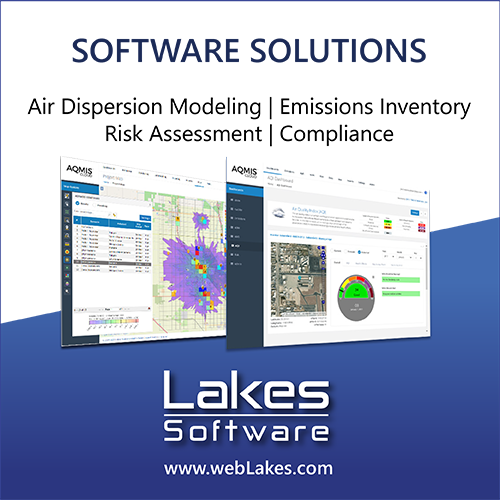Analysis of the first surface nitrogen dioxide concentration observations over the South African Highveld derived from the Pandora-2s instrument
DOI:
https://doi.org/10.17159/caj/2022/32/1.13242Keywords:
nitrogen dioxide, Pandora-2s, plumes, Eskom, HighveldAbstract
Anthropogenic emissions from industry, biomass burning and traffic are significant contributors to the atmospheric loading of nitrogen dioxide on the South African Highveld. These sources are dispersed across the region and emit nitrogen oxides (NO and NO2)
into the atmosphere at different elevations above the earth's surface. Additionally, atmospheric stability in the form of surface and
elevated inversions decreases the dispersion of air pollutants and stratifies pollutants into distinctive layers above the surface. This
study explores the Highveld near-surface nitrogen dioxide concentrations obtained using the ground-based Pandora-2s monitoring
system. The Pandora-2s instrument retrieves surface NO2 levels from clear sky measurements using a fully parameterised algorithm.
We present the first near-surface concentration measurements of atmospheric NO2 at Wakkerstroom, a site between Volksrust and
Amersfoort, downstream of major source conglomerates, the Majuba power station and other industries. These data are explored
in the presence and context of potential background NO2 concentrations in the area derived from other ground-based sensors. The
quasicontinuous data show elevated surface NO2 levels in week 37 (September) of 2020 (7.3 ± 5.7 ppb), while the lowest levels were
observed in week 15 (April) of 2020 (0.2 ± 0.04 ppb). The elevated surface NO2 levels are driven by dominant emission sources and
transport trajectories, while the accuracy in the measurements is based on the high temporal resolution of the ground-based Pandora2s instrument.
Downloads
Downloads
Published
Issue
Section
License
Copyright (c) 2022 Refilwe Kai, Mary Scholes, Stuart Piketh, Robert Scholes

This work is licensed under a Creative Commons Attribution 4.0 International License.

All articles are published under a Creative Commons Attribution 4.0 International License; copyright is retained by the authors. Readers are welcome to reproduce, share and adapt the content without permission provided the source is attributed.









.png)